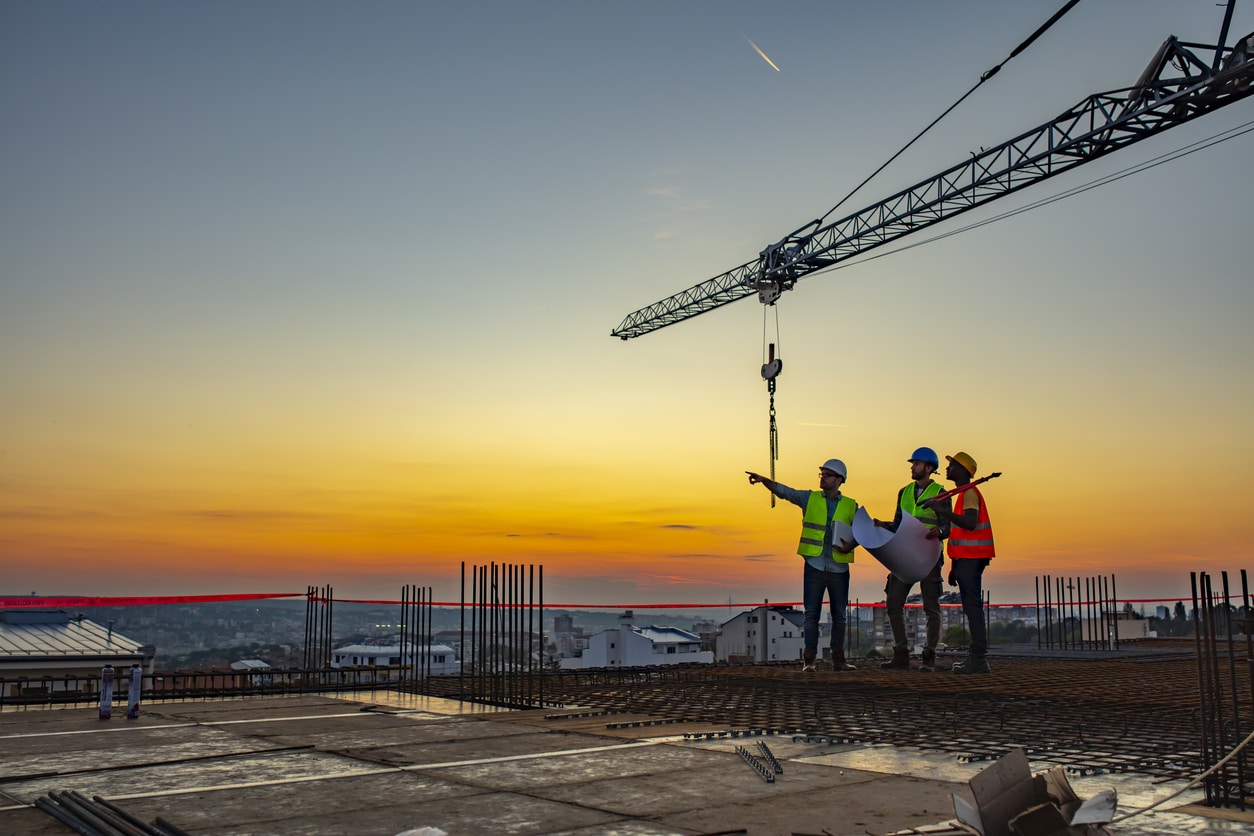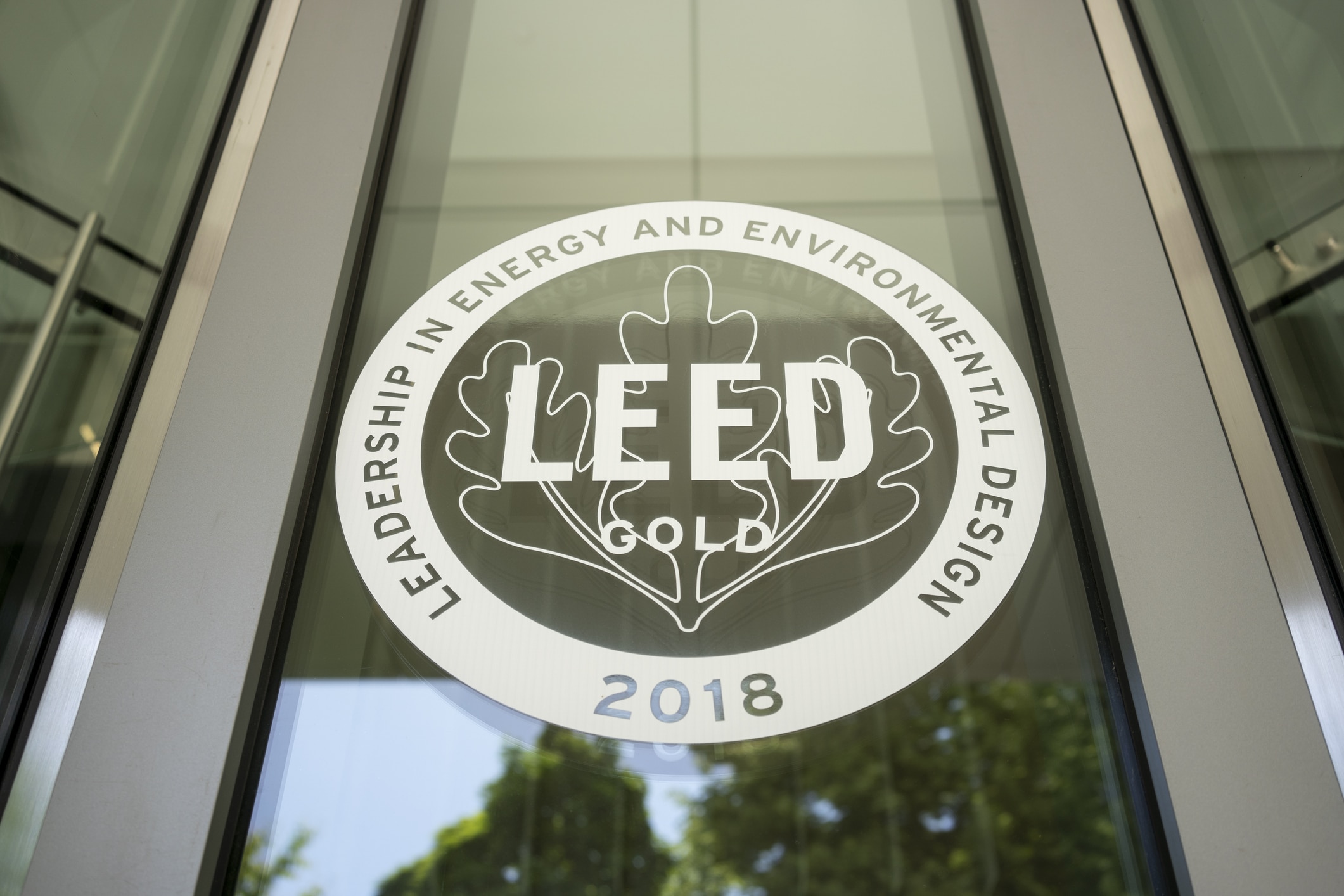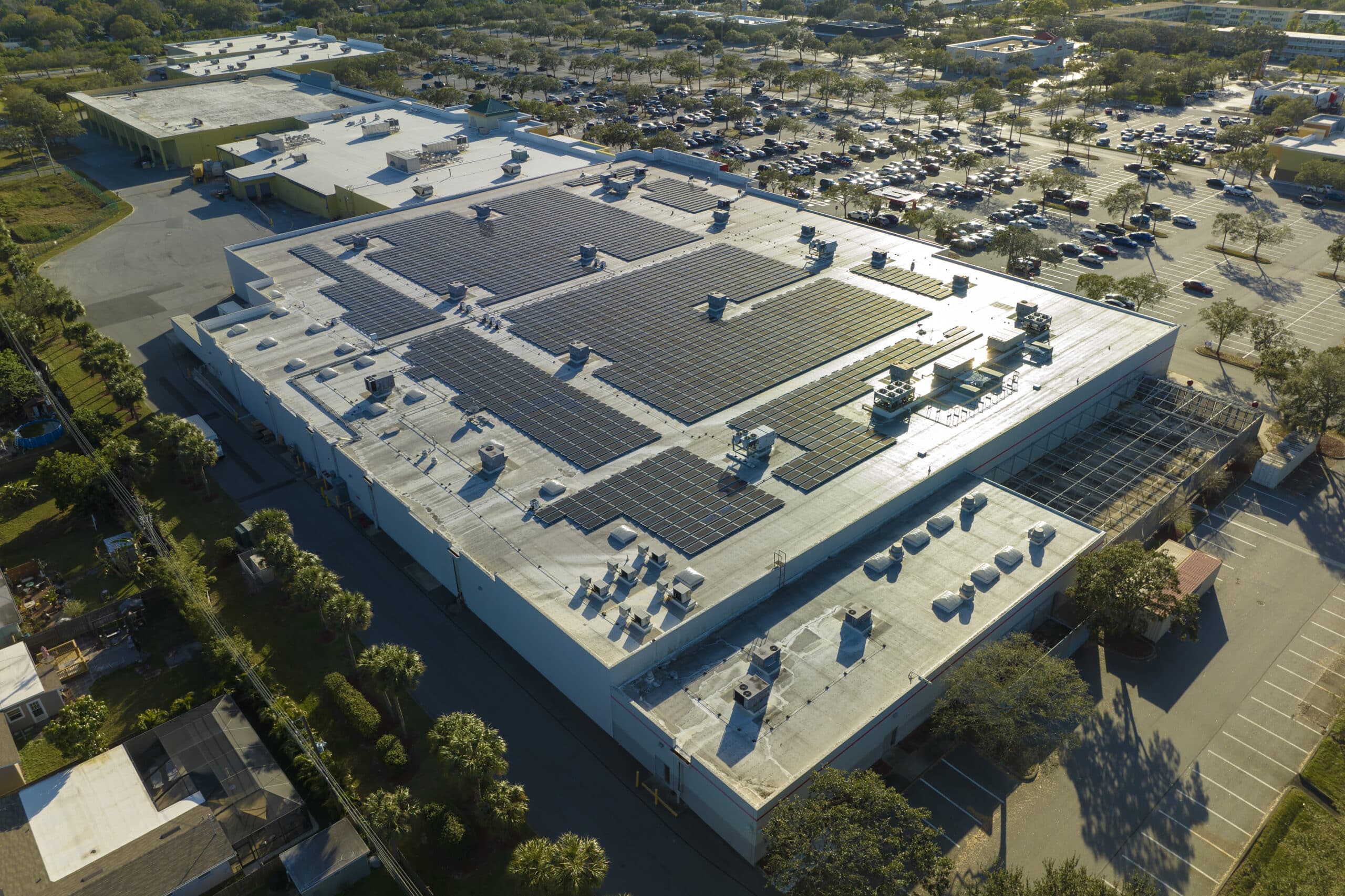Sustainability has become a cornerstone of modern commercial construction, and achieving higher building standards is…

The landscape of workplace design is rapidly evolving to meet the changing needs of modern businesses. As work habits shift, there is a growing emphasis on flexibility, collaboration, and technology integration in commercial spaces. Schonsheck is at the forefront of this transformation, providing innovative solutions that cater to these emerging trends. As a leading general contracting company, we can design and build commercial spaces that enhance productivity and adaptability, ensuring businesses are prepared for the future.
In this article, we will explore the key elements driving the evolution of workplace design, including flexibility, collaboration, and technology. We’ll look at how these factors shape modern workplaces and Schonsheck’s role in implementing these innovative designs. From open floor plans and modular furniture to smart office solutions and sustainable technology, discover how commercial spaces are being transformed to meet tomorrow’s needs.
Flexibility in Modern Workplaces
Open Floor Plans
Open floor plans have become a cornerstone of modern workplace design. By removing traditional barriers like cubicles and walls, open floor plans create a more inclusive environment that fosters collaboration and adaptability. Employees can move freely and interact more easily, encouraging teamwork and communication. This design approach also allows for greater flexibility in space utilization, accommodating different work styles and needs. Open floor plans are particularly beneficial for dynamic work environments where collaboration is key to innovation and productivity.
Modular Furniture
Modular furniture is another key element in creating flexible workspaces. These versatile pieces can be easily reconfigured to suit various tasks and group sizes, making it simple to adapt the workspace as needed. Modular furniture supports a dynamic work environment, where spaces can be quickly adjusted to facilitate meetings, collaborative projects, or individual work. This flexibility not only maximizes the use of available space but also allows for a more personalized and efficient work environment, catering to the diverse needs of employees.
Multi-functional Spaces
Designing multi-functional areas within the workplace is essential for maximizing space efficiency. These areas can serve multiple purposes, such as meeting rooms, breakout spaces, or even relaxation zones, providing employees with the flexibility to use the space as required.
Multi-functional spaces help businesses optimize their real estate and create a more dynamic and responsive work environment. This approach enhances productivity and supports employee well-being by providing varied spaces tailored to different activities and needs.
Collaborative Workspaces
Collaborative workspaces are designed to encourage teamwork and interaction among employees. These spaces often feature communal tables, comfortable seating, and technology that supports group work. By creating areas where employees can easily collaborate, businesses can foster a more innovative and productive work environment.
This approach also helps build a sense of community and shared purpose among team members. Collaborative workspaces are essential for brainstorming sessions, project meetings, and spontaneous discussions, enhancing team cohesion and efficiency.
Social Areas
In addition to collaborative workspaces, incorporating social areas into the workplace design is crucial for fostering a sense of community. Social areas, such as lounges, cafeterias, and recreational spaces, allow employees to relax and connect with colleagues outside their regular work tasks. These areas can improve employee morale, reduce stress, and promote workplace satisfaction.
By creating spaces where employees can unwind and socialize, businesses can build a more robust, connected workforce, increasing job satisfaction and productivity.
Technology Integration
Smart Office Solutions
Integrating smart technologies into the workplace is becoming increasingly crucial for efficiency and convenience. Smart office solutions, such as automated lighting, climate control, and advanced communication systems, streamline daily operations and improve the overall work experience.
Automated lighting systems adjust brightness based on natural light and occupancy, reducing energy consumption and creating a comfortable working environment. Climate control systems maintain optimal temperature and air quality, enhancing employee comfort and productivity. Advanced communication systems facilitate seamless collaboration among team members, whether they are working on-site or remotely. These technologies support remote work and flexible scheduling, allowing employees to work more effectively from anywhere.
Furthermore, smart office solutions can include touchless entry systems, which enhance security and hygiene, and IoT (Internet of Things) devices that provide real-time data on office usage and maintenance needs. This data can help optimize space utilization and maintain facilities efficiently. Implementing these technologies improves operational efficiency and creates a modern, tech-savvy work environment that attracts and retains top talent.
Sustainable Tech
Using technology to create energy-efficient and sustainable workspaces is a growing trend in workplace design. Implementing systems that monitor and reduce energy consumption, such as smart thermostats and energy-efficient lighting, can significantly lower operational costs and minimize the environmental impact of commercial buildings.
Sustainable technologies include solar panels, energy-efficient HVAC systems, and water-saving fixtures. These solutions benefit the environment, enhance a company’s reputation, and appeal to environmentally conscious clients and employees.
Sustainable technology can also include building management systems that optimize energy usage across the facility, ensuring that heating, cooling, and lighting are used efficiently. Green building certifications, such as LEED (Leadership in Energy and Environmental Design), can also be pursued to demonstrate a company’s commitment to sustainability.
By adopting these practices, businesses can reduce their carbon footprint, lower utility costs, and create healthier, more productive workspaces for their employees.
Schonsheck’s Role in Modern Workplace Design
At Schonsheck, Inc., we have successfully transformed commercial spaces to meet modern workplace needs. Our innovative designs focus on flexibility, collaboration, and technology integration. We create work environments that enhance productivity and adaptability by utilizing open floor plans, modular furniture, and smart office solutions.
We stay ahead of industry trends to provide our clients with cutting-edge solutions that cater to evolving business demands. We take a tailored approach to each project, meeting each client’s unique needs with precision and creativity. Our commitment to quality and innovation has made us a trusted name in the commercial construction industry.
Partner with Schonsheck For Leading Design-Build Projects in Michigan
We offer comprehensive commercial building services, including general contracting, design-build, and construction management. Focusing on innovative workplace design, we help businesses create spaces that meet modern needs and future challenges.
Our experienced professionals work closely with clients from concept to completion, ensuring that every detail aligns with the client’s vision and operational requirements. Reach out online, or call us at 248-669-8800 at your leisure to discuss your needs or get answers to your questions.



